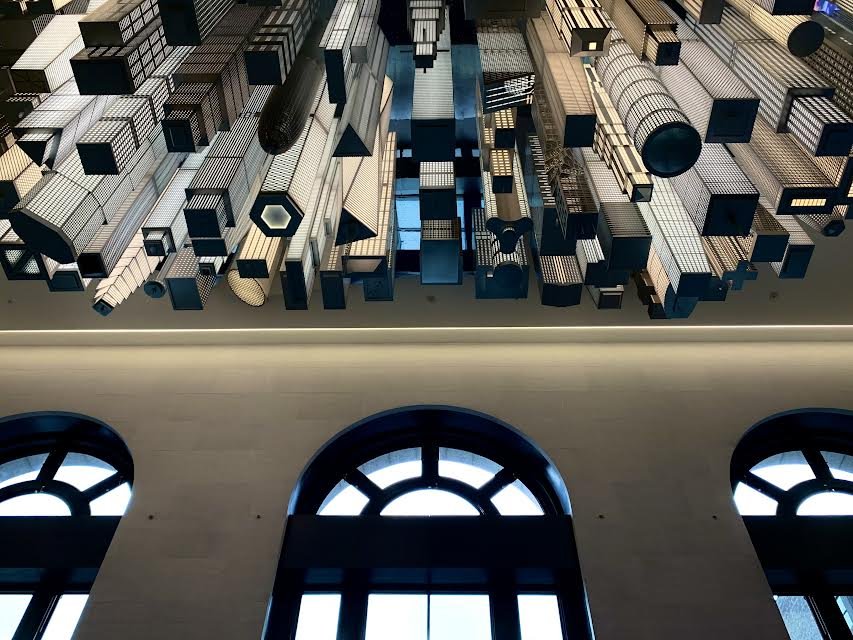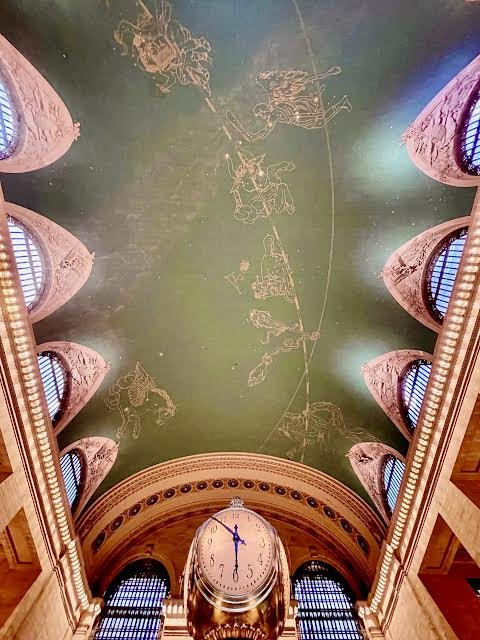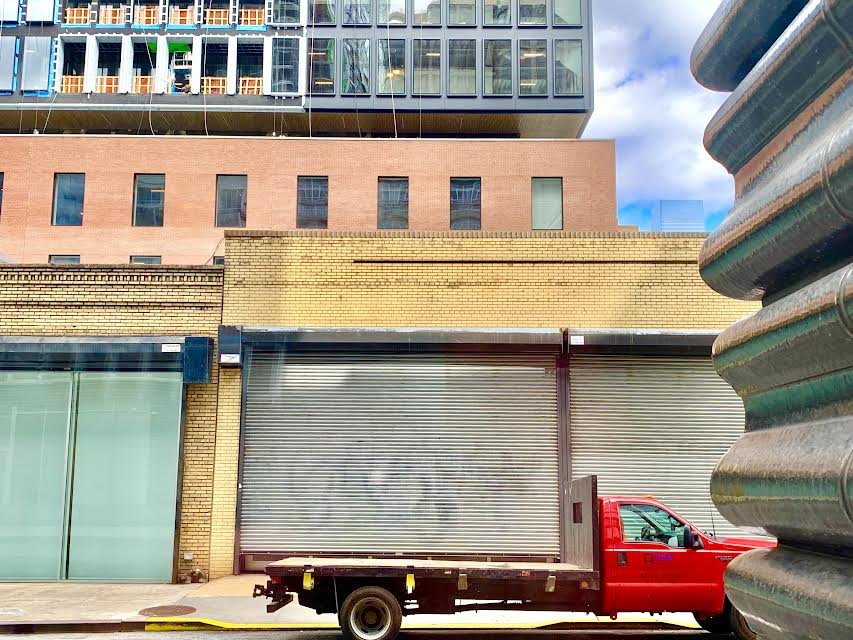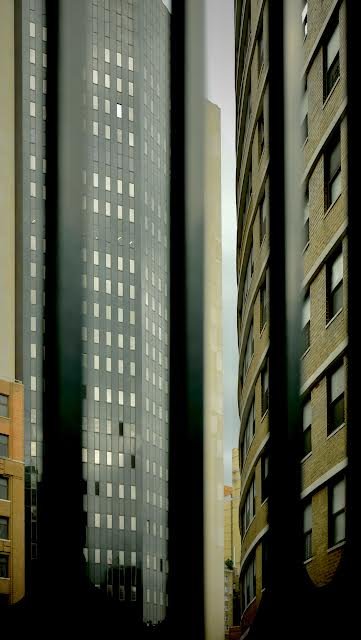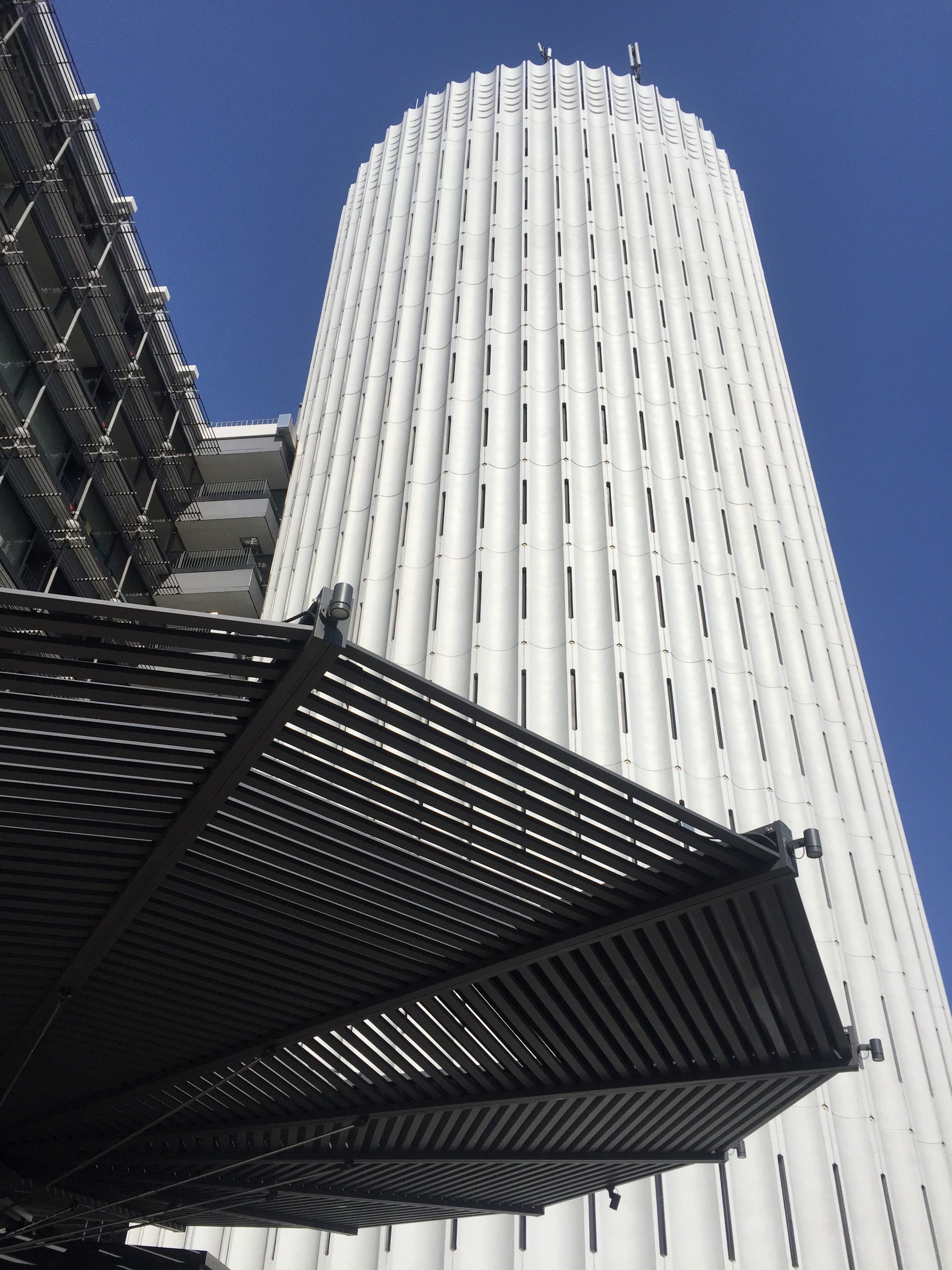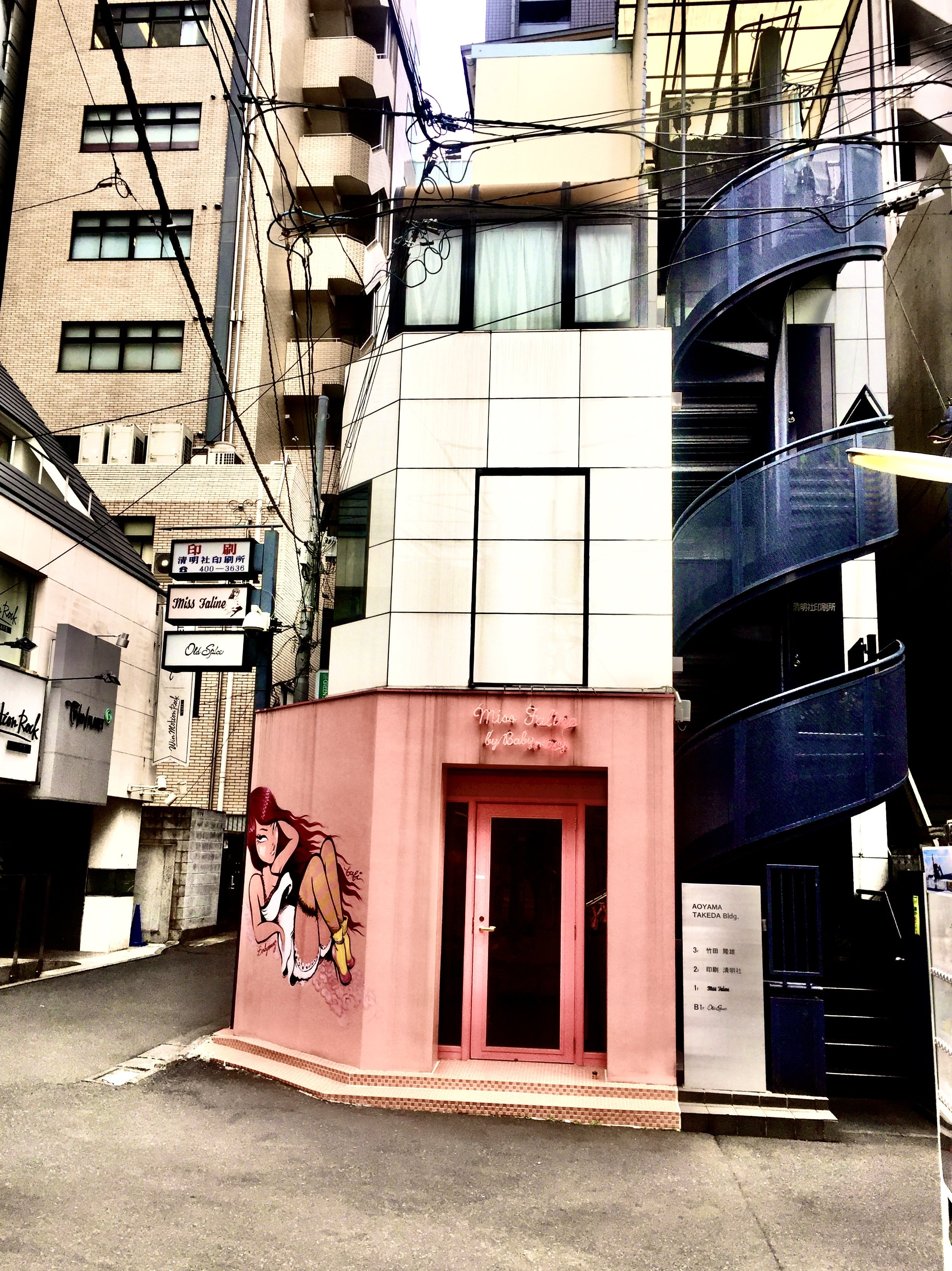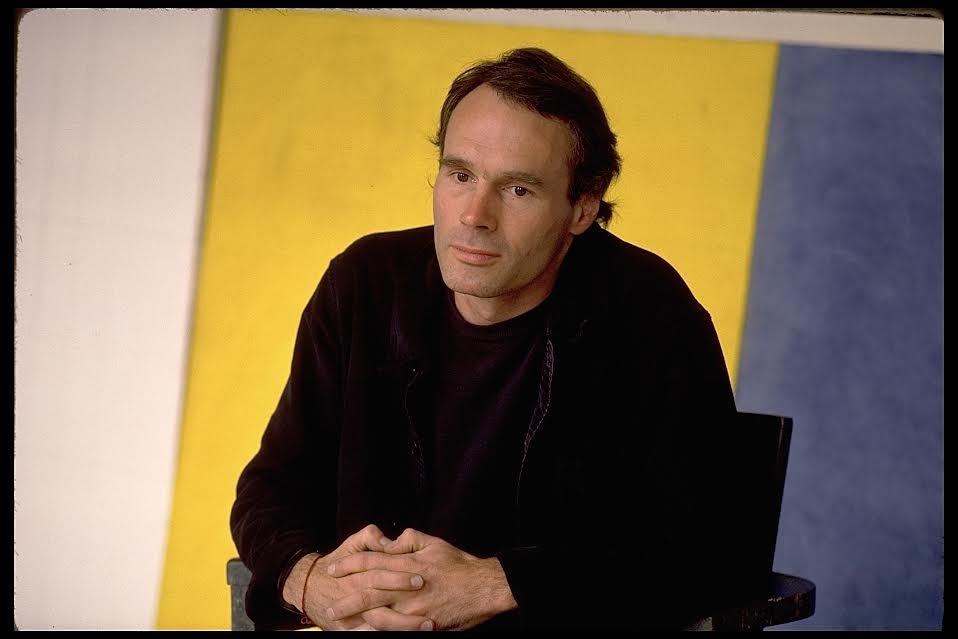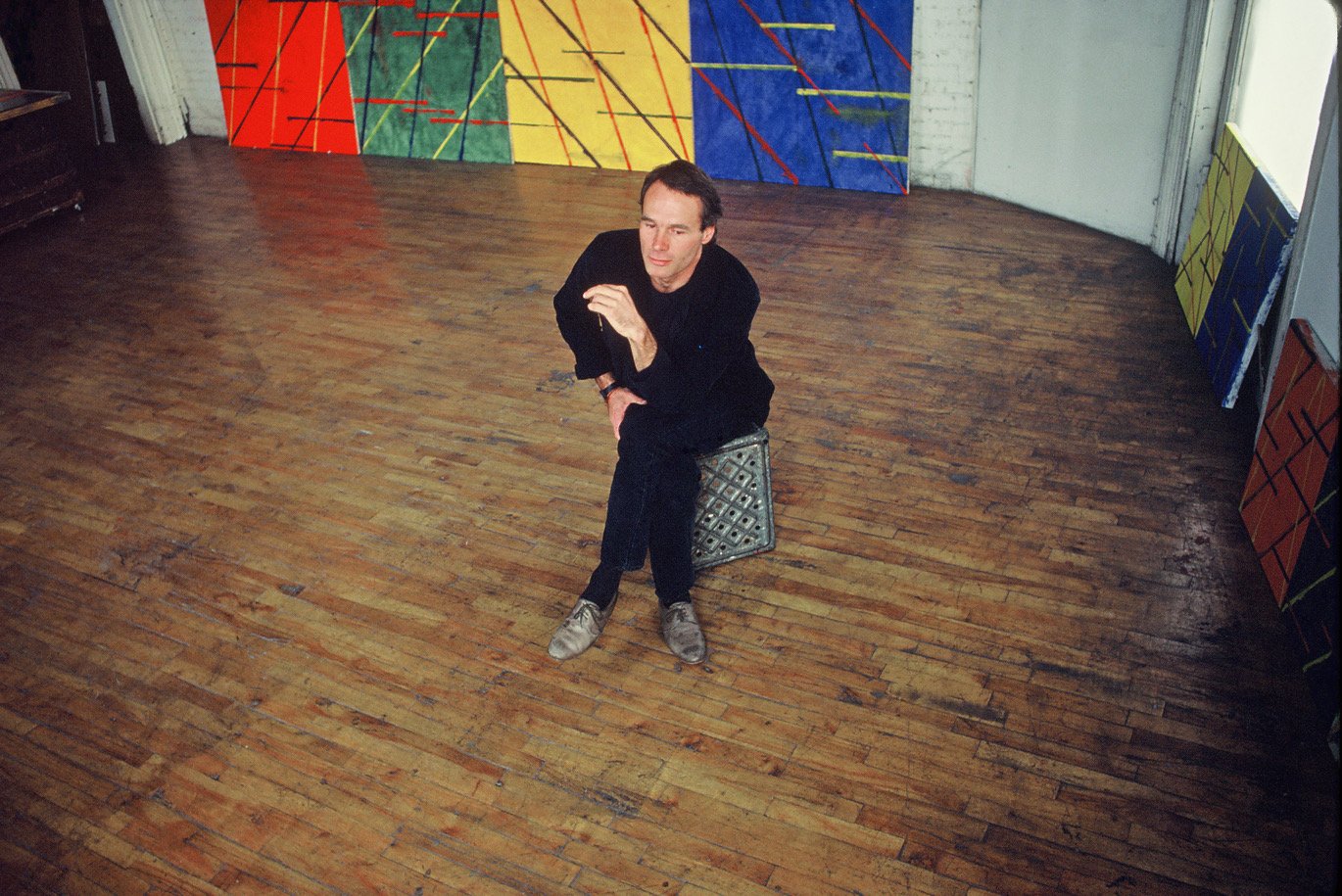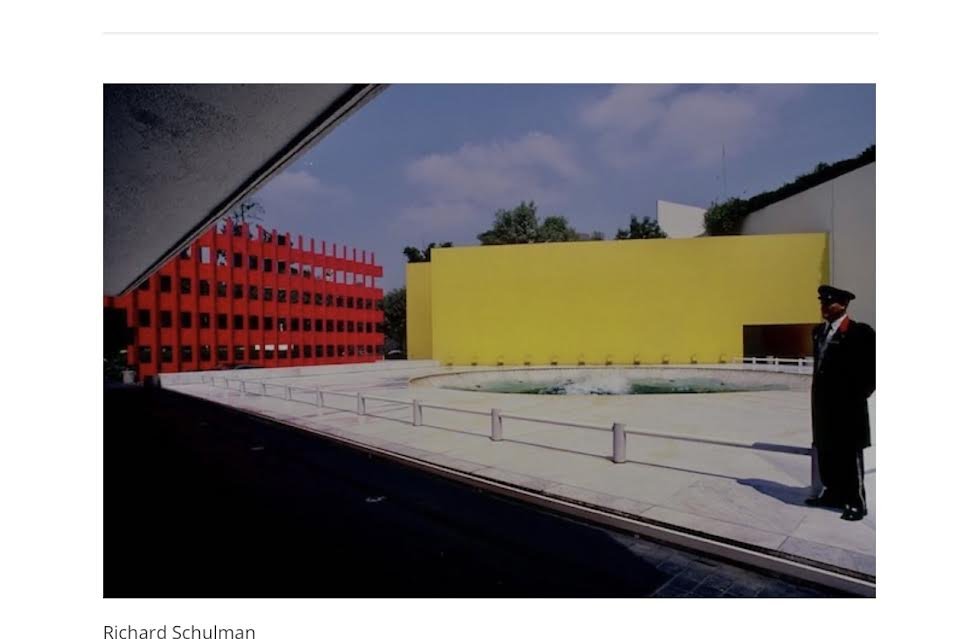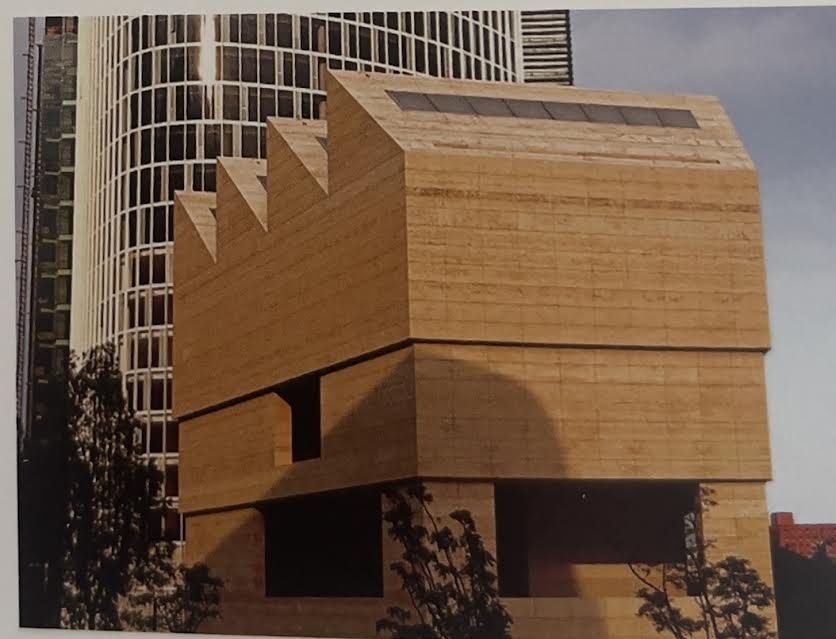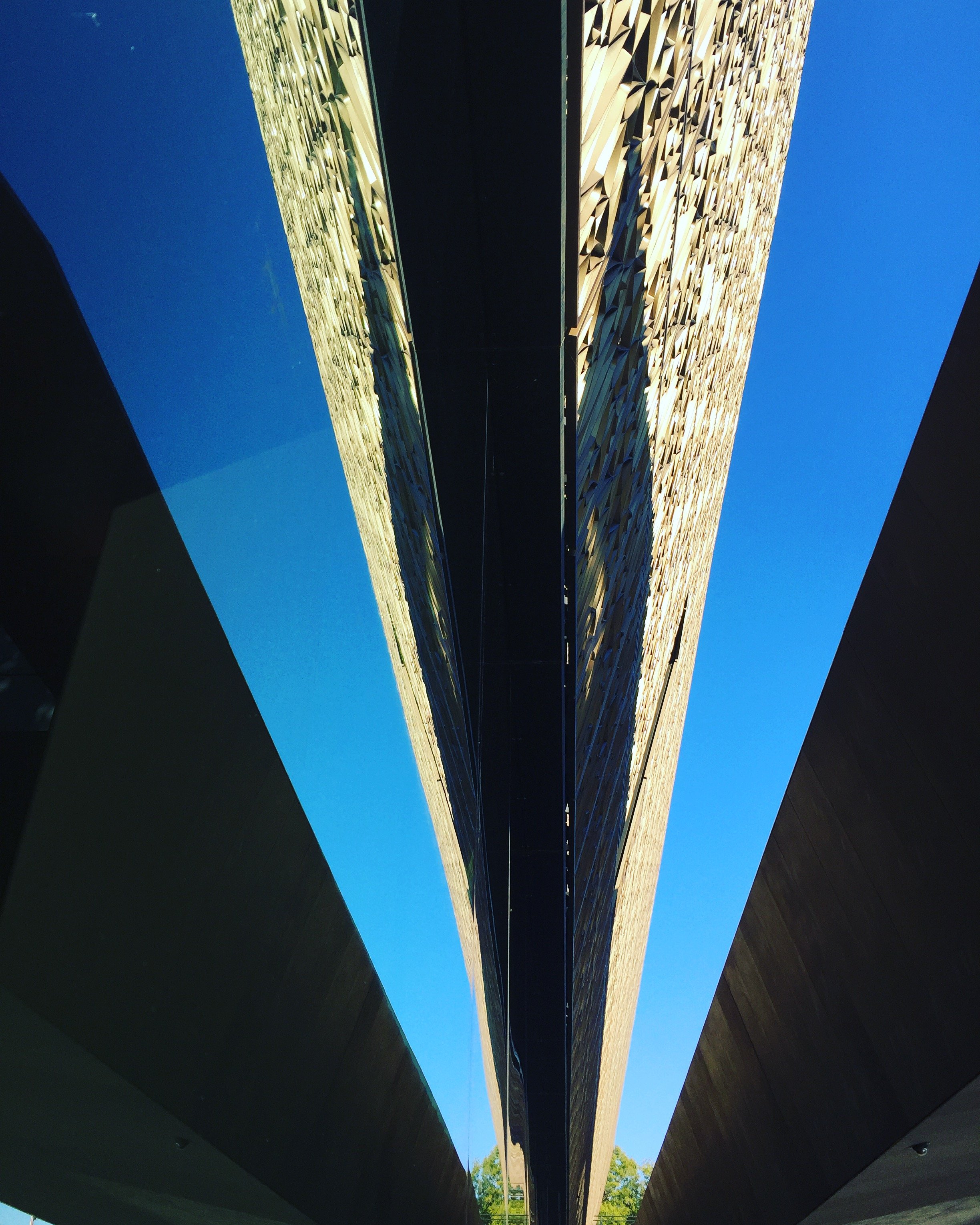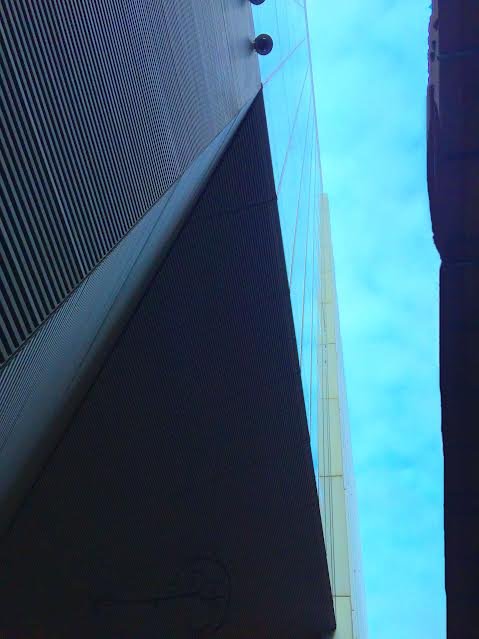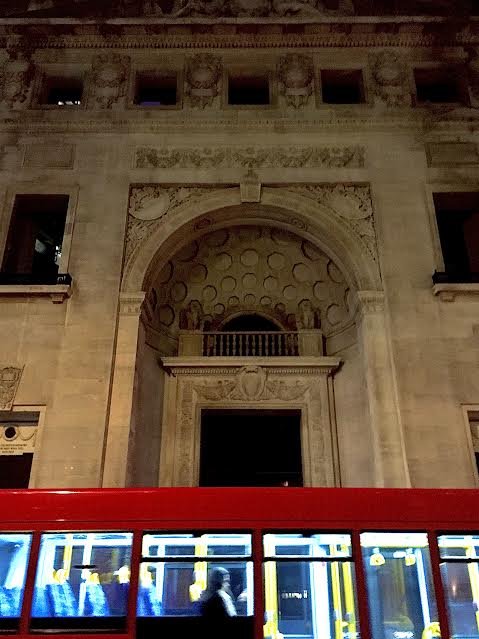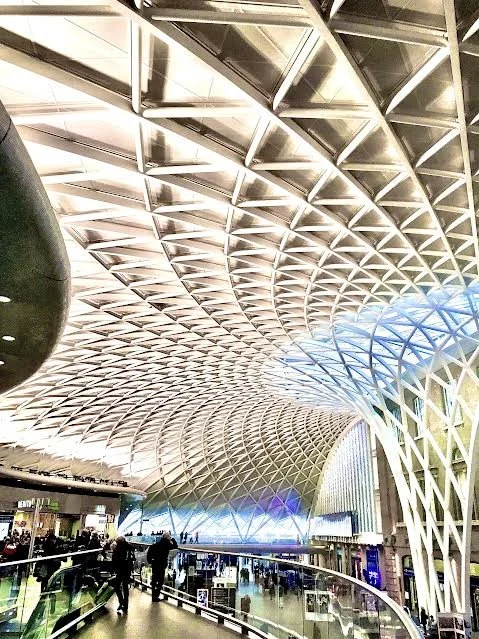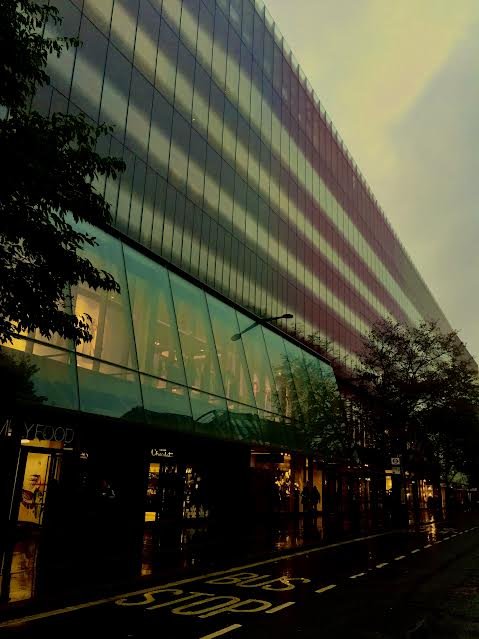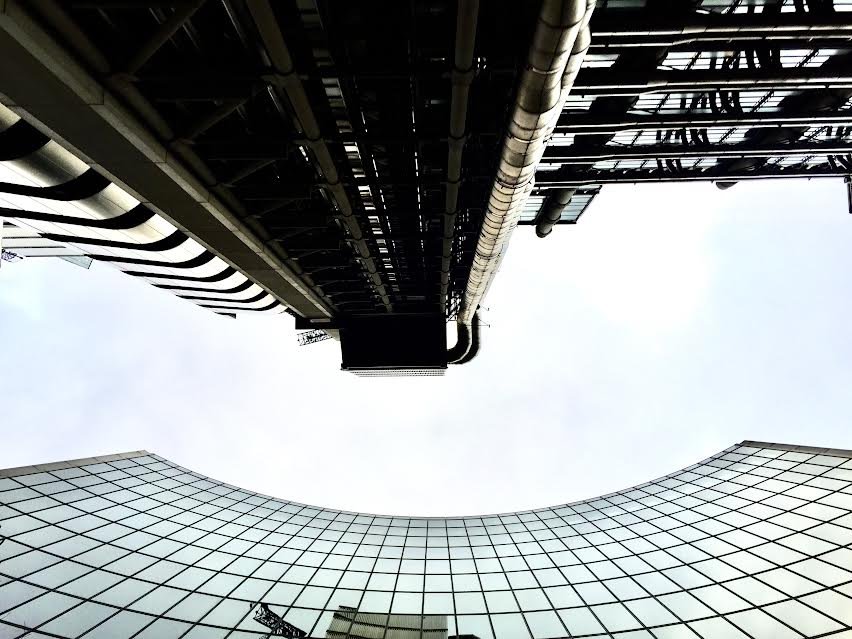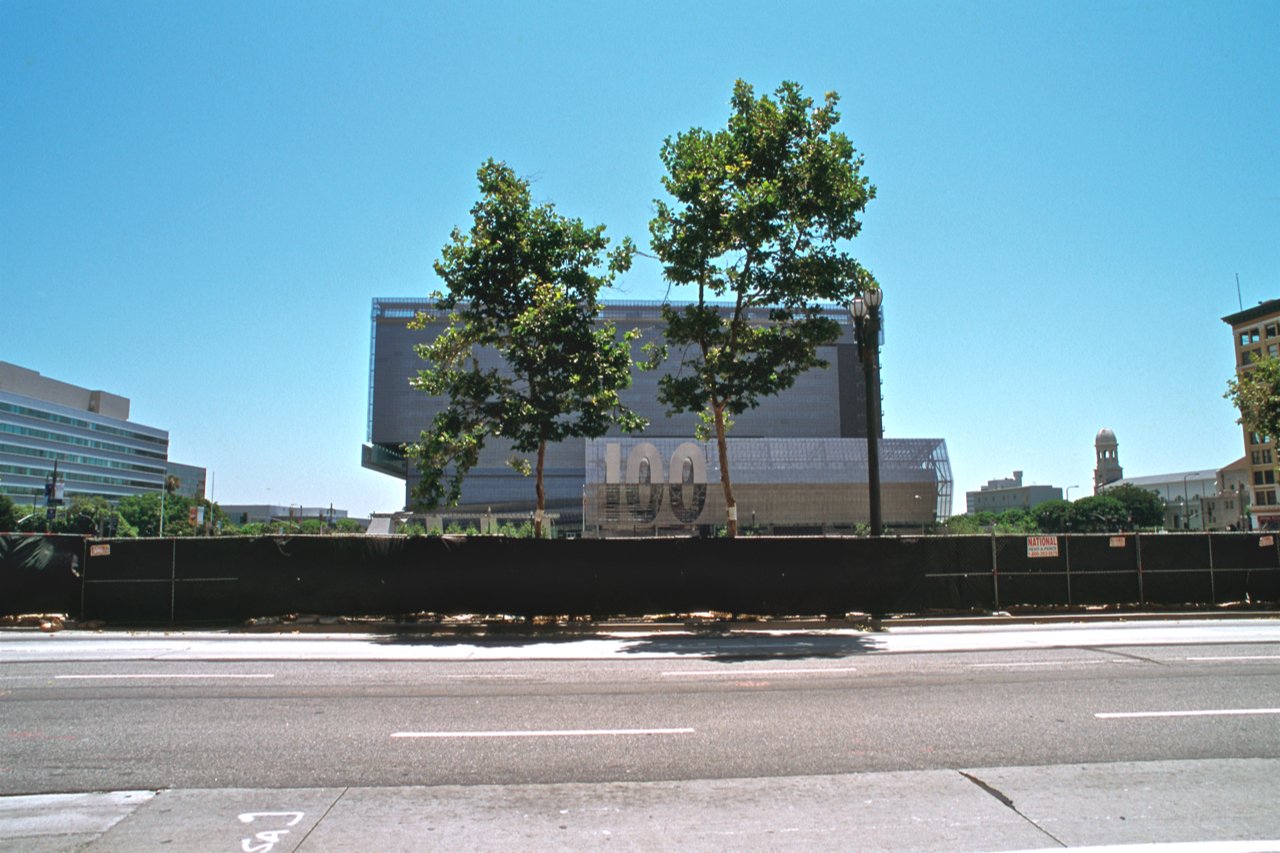#StMaryschurch by #KenzoTange #Tokyo
The Architecture of Cities: The World
I remember sitting astride my motorcycle. I raced along blvd’s as if I was Steve McQueen in “The Great Escape”. My passions rise. Cinema delivers a boyhood joy of adventure.
One day while re-enacting McQueen’s exploits I landed in the hospital. Collateral damage can be an experience to celebrate. At some point you must realize that nature has a requiem for you.
I am not Cicero, merely passionate for the moment.
The triumvirate: We three became me.
The Spider Monkey can seem anxious, almost rabid. Their eyes constantly dart across Brazil’s tropical forests eyeing food and prey. The Golden Langur Monkey eyes a secret life of serenity along the Bhutan tree tops.
When I was very young, possibly as recent as yesterday, I dreamed that my camera’s eyes should embrace the monkeys’ behaviors. I was one, now I am three.
Preposterous? I realized it has already happened: My mind runs, rants and raves through the world’s streets. Yet my body hides in plain sight: I stand quietly in secret: My mind in a trance infused by an imagined mass of anabolic steroids. My mind flexes: My body flexes: I snare a few frames of architecture. My camera exposes the greats of past, present and future designs: Gehry’s, Hadid’s, Niemeyer’s Nouvel’s, Kuma’s. My images present their best sides, their best impressions of greatness. “We three” made some spectacular moments in photography.
#RCRARCQUITECTES in Barcelona
It isn’t the geography that impresses an audience. It is always the images we share. The geography is merely about catching a plane, train or automobile: But the images elicit what dreams are made from:
One dream for instance, was to follow the Silk Routes conquered by Genghis Khan: When I landed In Hong Kong and Shenzhen my eyes filled with fairy dust: my fantasies’ realities were near.
My dreams to travel and make photographs were becoming my reality. In my quest to shoot and/or discover architecture and the light it wears, I travel. I travel from New York to New Orleans. I travel from Copenhagen to Amsterdam. I travel from Vienna to Paris. I travel from Tokyo to Kyoto.
I have stood in front of many buildings with only one objective: to make the reality seem unique.
Raleigh North Carolina Museum by ThomaPhiefer
But everyday in every city must have a unique identity: Iight has been my friend and adversary. My entire career has been challenged by the light made, the light nature gave me.
I am game to confront the A. S. M. (art, science and math) of photography each time. Whether the clock strikes 3:00 pm or twilights’ 5:00 pm I am there. Each landing on a new continent or in a new city presents my conflict with light hued balances.
Oscar Niemeyer’ home in Rio
My mind pauses: I conjure up a witches brew, a discourse within my photography. I exhume a few past visual dreams. I begin my interview with myself: photography 101 course: Where to begin.
You would think that after so many decades of making pictures: it would be a “snippety snap-snap”.
The world has a funny way of telling you what to do: It is almost like you have an obligation to the medium to make something more: This is Rio: This is Santa Fe: This is Delhi: This is Yusuhara: This is earth: This is my light: This is my photography
Without my motivations the pictures would land lusterless.
My interior metronome has a new pulse. My monkey’s in tow.
We begin again.
#RAFAELVINOLY #THEFENCHURCH #THEWALKIETALKIE











